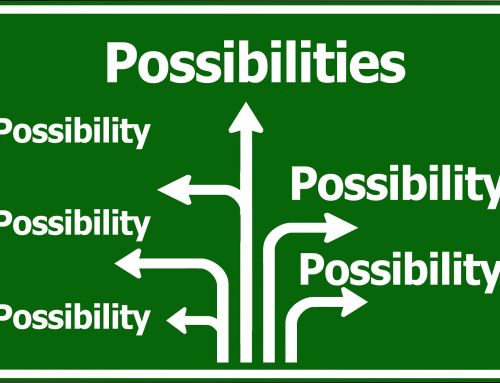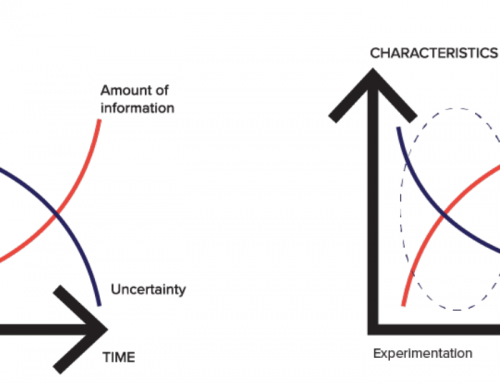Relationship dynamics can be seen in two ways. Either as a data science problem or as a human driven endeavor. But, how far do we need to go to understand the customer’s behavior in order to capture more value and keep them engaged through automated predictions?
There is a complexity in the trust model that needs to be defined when predictions and machine learning is used to drive customer engagement. The classical “black-box” predictions are not good enough, a more transparent and explainable approach is needed to understand the behaviors of algorithms in relation to the behaviors of humans. You now require explanations of those activation functions in your neural networks.
Generic data scientists are likely to look at data, particularly in retention and attraction, the primary field of client engagement. They will note a data point or a trend, and answer the “how”. But for the full picture of customer behavior, the “why” is also crucial. The world of Computational Science takes this field of data science further towards enriching it, extracting knowledge from it, and essentially revealing the “why” people do what they do. As soon as you have this social science view, a multitude of patterns in the data are revealed.
In the world of data science, the value of data is used for measurement. In contrast, Computational Social Science use a number of social constructs including the concept of “energy” for measuring customer engagement and activity. This extra layer add new meaning to the data that will be used to develop appropriate predictors whereby customer interactions are automated.
One of the definitions of energy is the “ the strength and vitality required for sustained physical or mental activity “. But how does it relate to the work of Computational Social Science? Let’s start with the customer journey, which illustrates how the concept of energy adds additional insight to data.
The customer journey is the sum of experiences customers go through when interacting with a company — from initial contact to the establishment of a long-term relationship. The time spent in engagement to go through this journey requires different levels of energy. There will also be different rhythms for different people in the customer journey. Person A might require more energy (special offers, newsletters etc) than Person B to keep them engaged. Person A and Person B also require energy expended at the right time — for example, an email prompt to remind them that they haven’t used their account in a month (and conversely, no email prompt if they’ve used it three times that month).
With the pulse as the measure of energy, products such as ecosystem.Ai’s Client Pulse Responder pick up the habitual, cyclical behavior of customers and measure whether they are being engaged at the right level of energy. In essence, the Client Pulse Responder establishes the ultimate pulse of engagement, one client at a time, to ensure the company/client relationship stays safe.
The energy a company needs to apply to keep the customer relationship alive thus requires a Computational Social Science view, and not simply a data point view. Companies are then able to use this information to optimize the customer relationship and to stay informed about the right level of energy they should exert on gaining and retaining clients.
- Jay van Zyl
Image ref:




